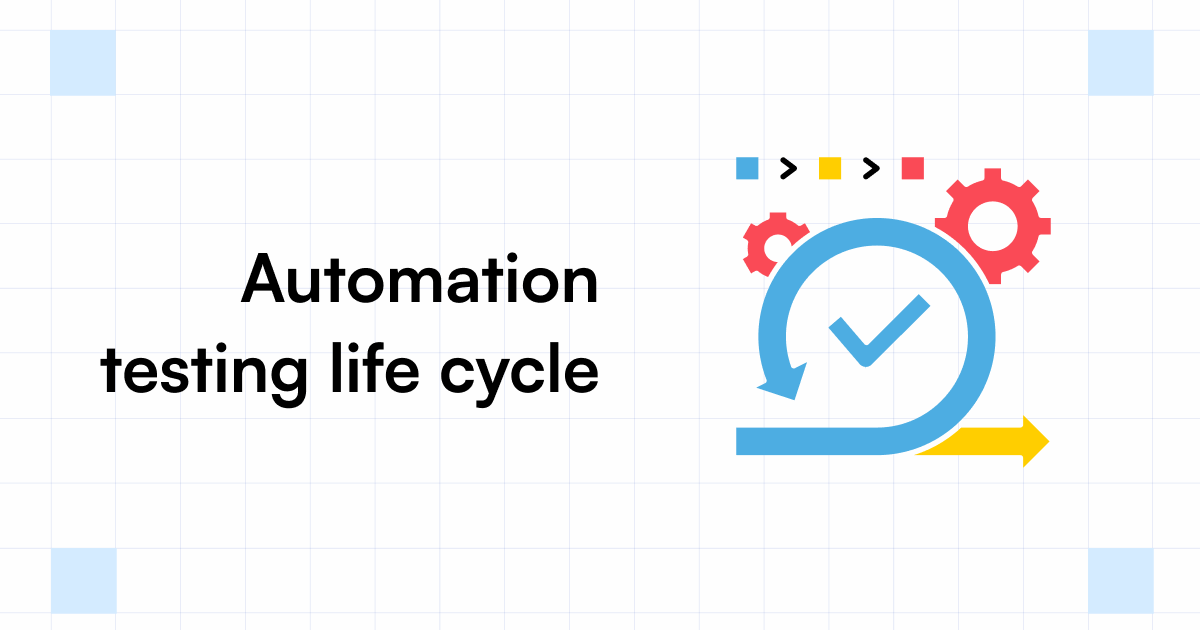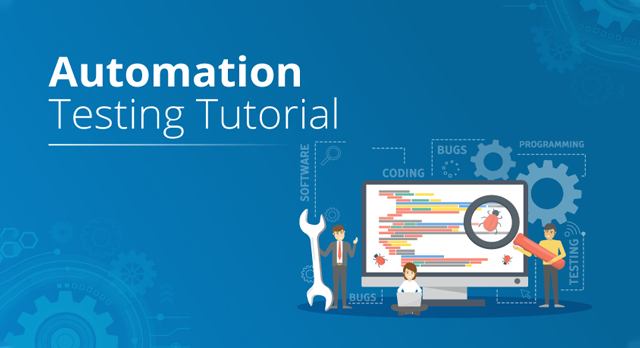Automation Testing Strategies: Best Practices for Seamless Integration
Automation Testing Strategies: Best Practices for Seamless Integration
Blog Article
From Handbook to Automated Screening: A Comprehensive Guide to Transitioning Smoothly and Properly
In the realm of software testing, the shift from guidebook to automated procedures has ended up being a progressively essential change for organizations looking for to boost efficiency and accuracy in their testing practices. As technology remains to development, the requirement for reliable and seamless automated testing techniques has actually never ever been much more important. The journey from guidebook to automated testing is not without its difficulties, yet when come close to purposefully and with a clear strategy in mind, the benefits can be substantial - automation testing. In this detailed overview, we will certainly check out crucial steps and considerations necessary for a successful transition, from the preliminary choice of tools to the combination of automation into existing process. Remain tuned to discover the insights that will aid lead the way for a smoother and extra reliable screening process.
Benefits of Automated Testing
Automated screening offers numerous benefits, enhancing performance and precision in software program advancement procedures. Automated tests can be run at the same time on numerous tools and operating systems, significantly speeding up the testing stage compared to hands-on screening.
Furthermore, automated testing guarantees a greater degree of precision in detecting flaws. Because automated examinations adhere to predefined manuscripts, human mistake is decreased, resulting in more reputable examination outcomes. Consistency in testing is likewise enhanced, as automated tests carry out the very same actions exactly each time they are run. This consistency is critical in making sure that all capabilities of the software program are thoroughly checked, reducing the probability of undetected pests sliding with to manufacturing.
Selecting the Right Tools

Firstly, examine your requirements and objectives. Recognize the range of your project, the technologies involved, and the capability of your team. This analysis will certainly aid you figure out the features and capabilities you call for in your testing devices.
Second of all, consider the compatibility of the devices with your existing procedures and systems. Smooth integration with your present software program advancement lifecycle is crucial to ensure a smooth transition to automation.
In addition, evaluate the scalability and versatility of the tools. As your screening needs evolve, the devices should have the ability to adapt and fit modifications effectively.
Lastly, consider the support and neighborhood around the tools. Robust support and an energetic individual neighborhood can give important resources and help when applying automated screening. By very carefully taking into consideration these aspects, you can select the right tools that align with your demands and set the stage for an effective change to automated screening.
Writing Reliable Examination Scripts

When you can try here crafting test scripts, it is necessary to take into consideration the particular demands of the software application being tested and make certain that the scripts deal with all vital capabilities. Descriptive and clear naming conventions for test manuscripts and test cases can boost readability and maintainability. Furthermore, integrating error handling systems within the examination manuscripts can help in identifying and resolving problems without delay.
In addition, organizing test scripts right into modular parts can boost reusability and scalability, minimizing redundancy and improving efficiency in test manuscript upkeep. Routine evaluations and updates to check manuscripts are essential to equal advancing software program requirements and capabilities. By following these principles, testers can develop robust and reliable examination scripts that add substantially to the success of automated screening processes.
Integrating Automation Into Workflows
Reliable combination of automation devices into existing workflows improves and enhances procedures efficiency within software development cycles. When integrating automation right into process, it is vital to Learn More determine repetitive jobs that can be automated to conserve time and decrease human error. By flawlessly incorporating automated screening tools like Selenium or Appium right into the software program advancement lifecycle, groups can achieve faster responses on code adjustments, causing quicker insect discovery and resolution. This combination permits continual screening throughout the development process, ensuring that any concerns are identified beforehand, leading to greater software application top quality. Additionally, automation can be utilized to trigger examinations instantly after each code devote, providing prompt recognition and maximizing testers to concentrate on more complex situations. Proper combination of automation tools needs partnership in between growth, screening, and procedures teams to establish a unified workflow that enhances efficiency and effectiveness in providing top quality software.
Guaranteeing a Smooth Shift
Effectively transitioning to automated screening involves meticulous planning and careful execution to reduce interruptions and make the most of efficiency in the software program development procedure - automation testing. To make certain a smooth transition, it is vital to start by carrying out an extensive assessment of the existing view publisher site screening procedures and identifying locations where automation can bring one of the most substantial advantages. Involving with all stakeholders at an early stage in the procedure, including designers, testers, and job supervisors, is critical for garnering assistance and buy-in for the automation initiative
Communication is essential during this transition stage. Clear interaction of the goals, advantages, and expectations of automated screening assists to take care of any kind of resistance or concerns that might arise. In addition, offering adequate training and sources for employee to upskill in automation devices and strategies is important for making certain an effective transition.

Final Thought
Finally, transitioning from handbook to automated screening uses many benefits, including raised efficiency and dependability. By choosing the suitable tools, writing efficient examination scripts, and integrating automation flawlessly right into workflows, organizations can guarantee a smooth and successful transition. It is essential to welcome automation as a valuable possession in software screening processes to enhance total quality and efficiency.
In the realm of software testing, the change from manual to automated processes has actually come to be a significantly vital transition for organizations seeking to boost efficiency and precision in their screening techniques. Automated examinations can be run all at once on numerous tools and running systems, significantly speeding up the screening phase compared to hand-operated screening. Consistency in testing is also improved, as automated tests perform the very same actions specifically each time they are run.To ensure the successful implementation of picked screening devices, the development of efficient test manuscripts plays a crucial duty in verifying the capability and efficiency of automated procedures - automation testing. By adhering to these principles, testers can produce effective and durable examination manuscripts that add substantially to the success of automated screening procedures
Report this page